A Wide Array of Products to Meet Your Design Needs

Crosspoint Switches
- Single- and dual-channel
- Up to 6 GHz clock rate and 10.7 Gbps data rate
- CML/LVDS
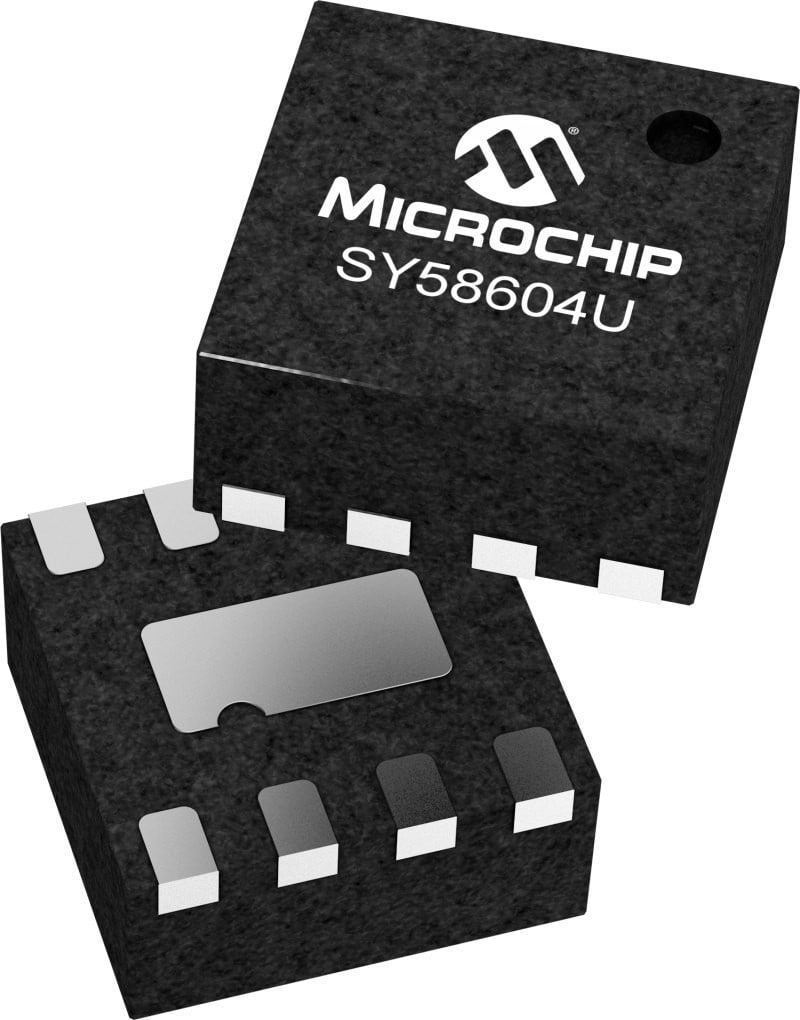
Drivers and Receivers
- PECL/LVPECL/CML/LVDS
- Up to 7.0 GHz clock rate and 10.7 Gbps data rate
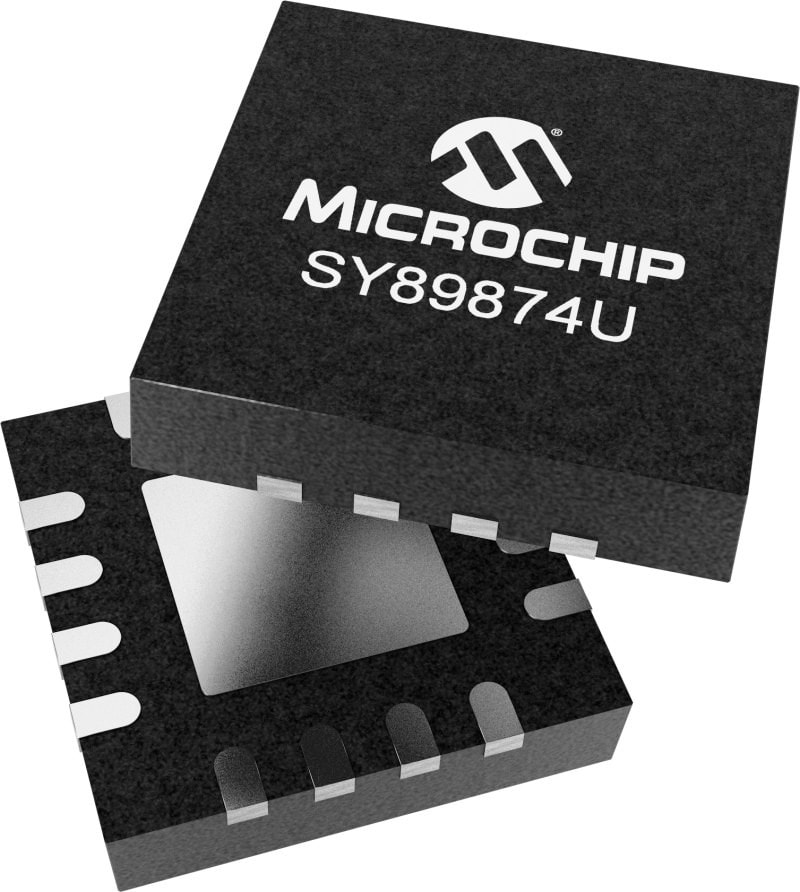
Dividers
- Divide by 1, 2, 3, 4, 5, 8, 16
- Multiple output banks
- Single-ended and differential
- PECL/LVPECL/CML/LVDS
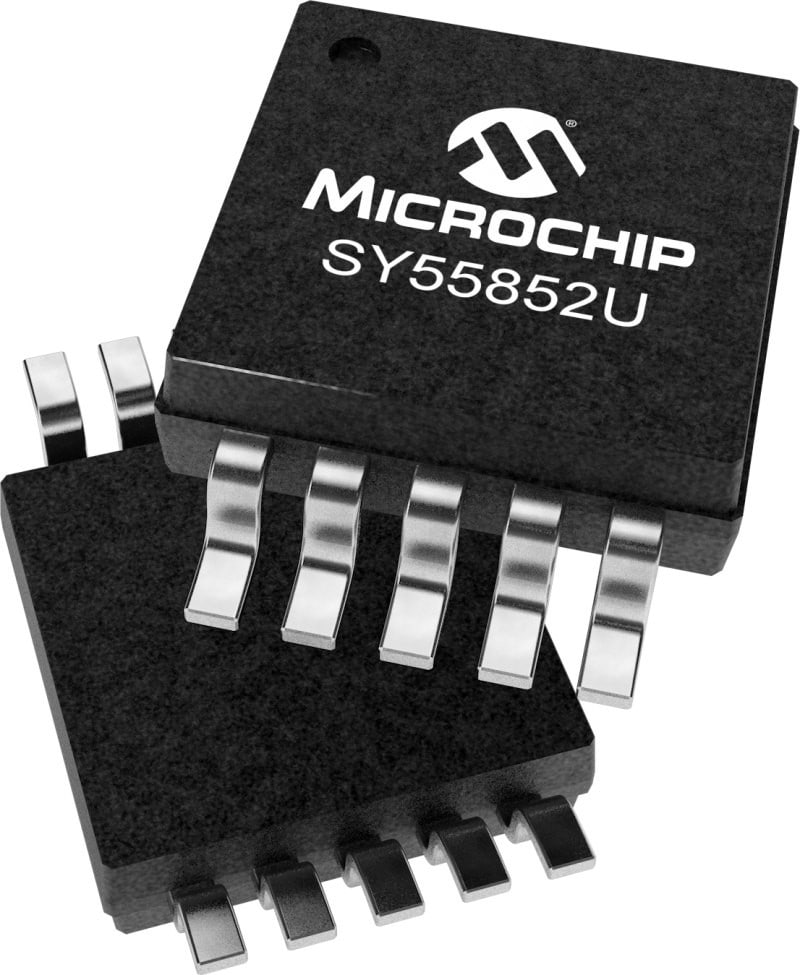
Flip-Flops and Logic Gates
- D flip-flops: CML output
- Logic gates
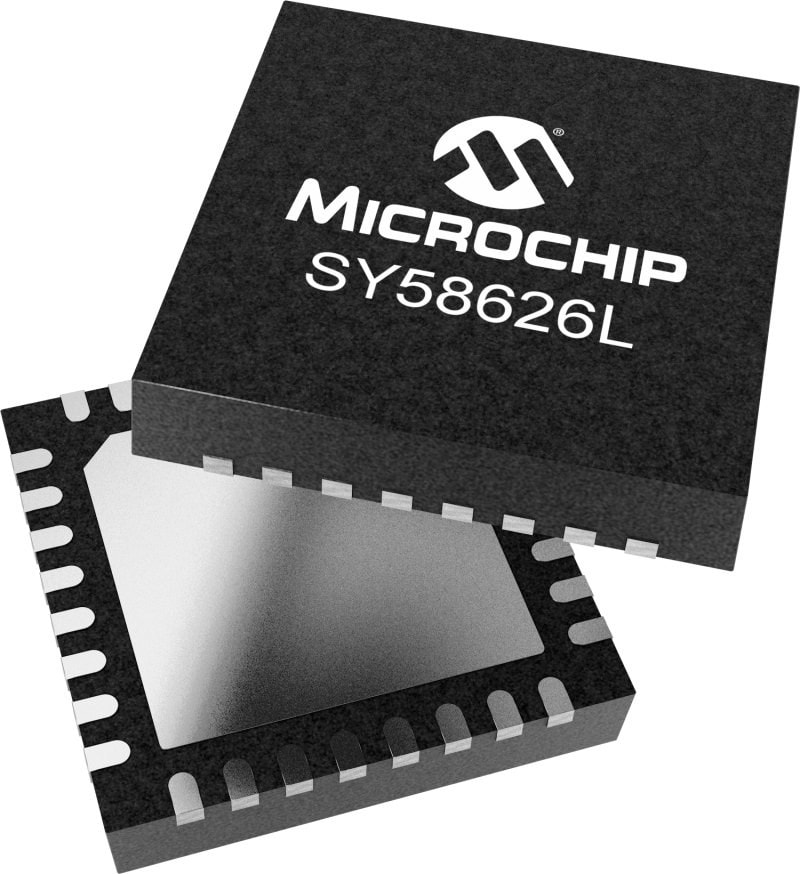
Backplane and Cable
- Pre-emphasis and equalization
- Single-ended and differential
- Up to 6.4 Gbps CML output
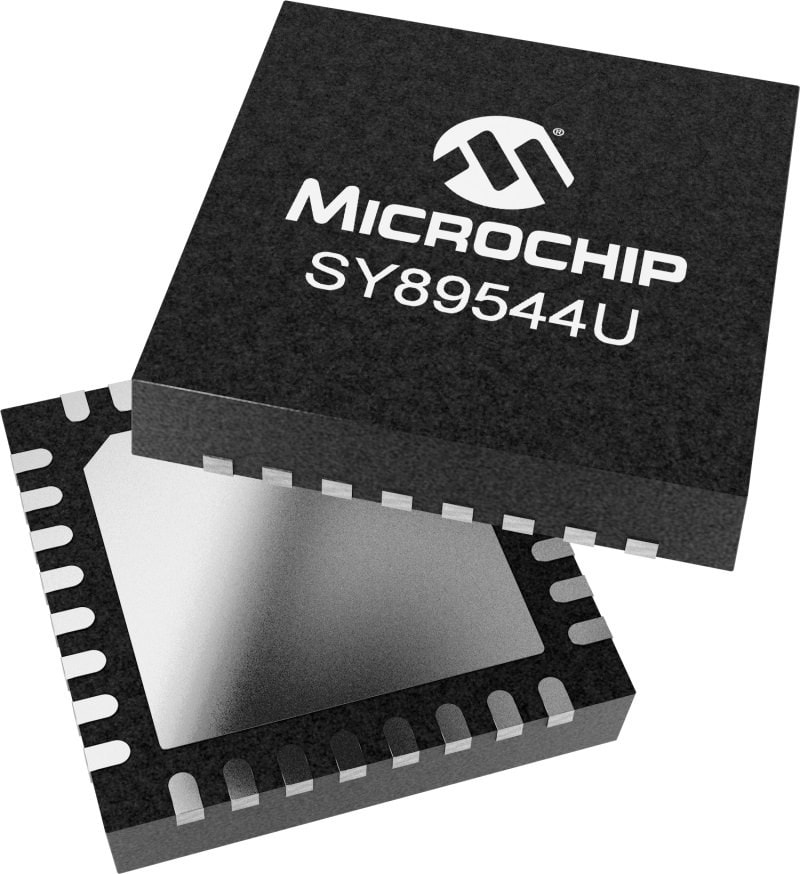
Multiplexers
- Maximum of up to 16 inputs
- PECL/LVPECL/CML/LVDS
- Up to 7.0 GHz clock rate and 10.7 Gbps data rate
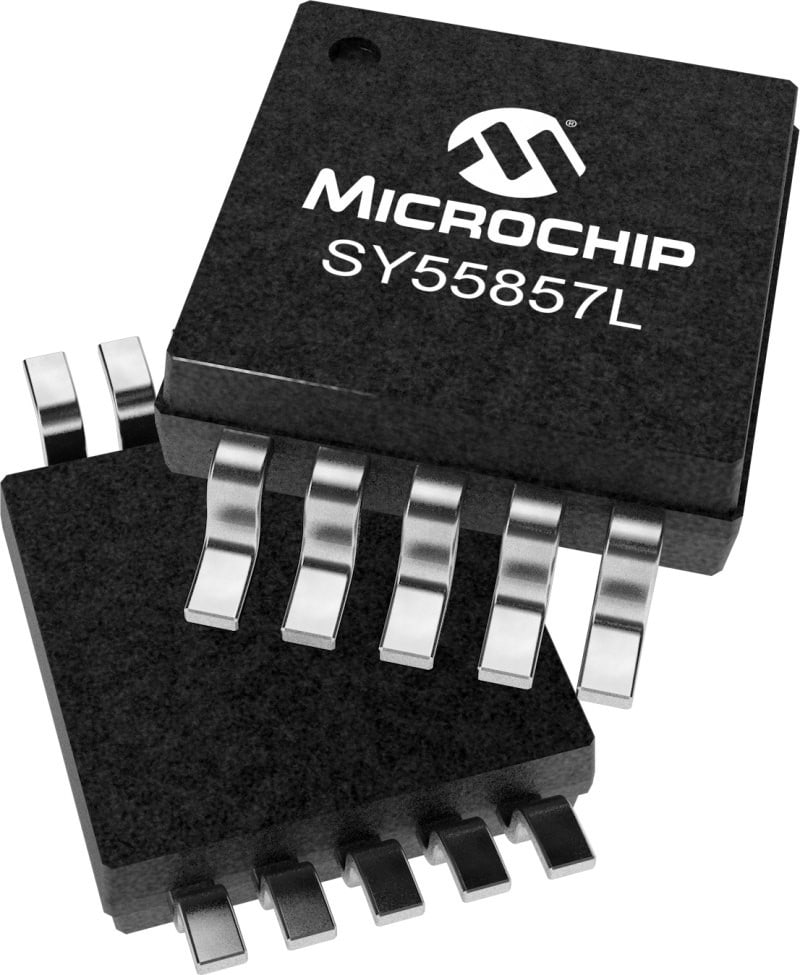
Logic Translators
- Clock or data rates up to 7 GHz
- Conversion from single-ended to differential
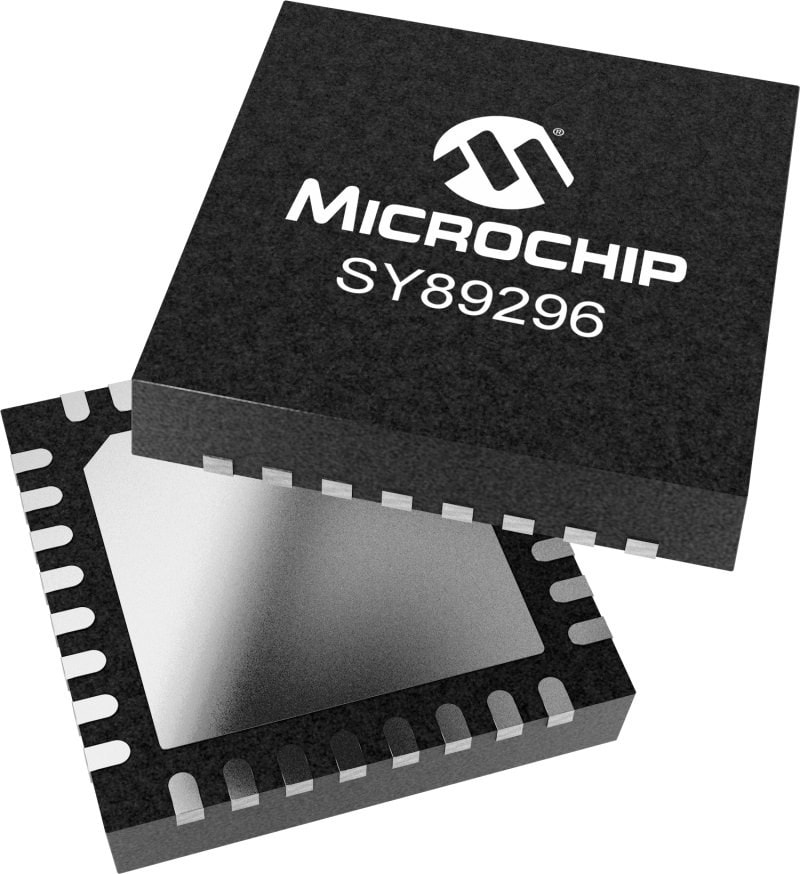
Skew Management
- 2.2–13.2 ns programmable delay
- 10 ps delay increments
- Fine tune control
- Chip cascading: extend delay
PCIe QuickLearn Video Series
This 5-minute video provides the viewer with the fundamental concepts related to PCIe; it is the first video in a series that focuses primarily on the clocks and timing issues related to PCIe, and it also provides a basic understanding with which to explore further PCIe topics.
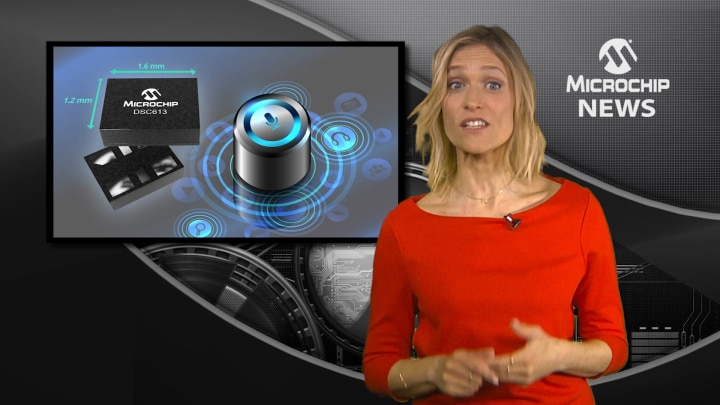
Cut Board Space by up to 80% on Timing Components
Cut Board Space by up to 80% on Timing Components
The industry’s smallest multi-output MEMS clock generator offers up to 80 percent board space savings on timing components.

Microchip's MEMS Clock Generators Webinar
Microchip's MEMS Clock Generators Webinar
Can programmable MEMS-based clock generators make a significant difference in your Internet of Things or other connected design? Watch this video to learn how they offer accurate timing while simplifying your design and reducing the overall system bill-of-materials.

ClockWorks® Configurator Online Tool
ClockWorks® Configurator Online Tool
This video walks you through the features of ClockWorks® Configurator Online Tool and shows you how to customize oscillators and clock generators. With this easy-to-use tool, users can receive dynamic data sheets and samples within a few days.

Single AAAA Battery Reference Design for Low Power PIC® MCUs
Single AAAA Battery Reference Design for Low Power PIC® MCUs
Powering low power microcontrollers with a single battery using voltage boost converters. As more electronic applications require low power or battery power, energy conservation becomes paramount. Today's applications must consume little power, and in extreme cases, last for up to 15-20 years, while running from a single battery. To enable applications like these, products with Microchip's nanoWatt XLP Technology offer the industry's lowest currents for Run and Sleep, where extreme low power applications spend 90%-99% of their time. Benefits of nanoWatt XLP Technology: ■ Sleep currents below 20 nA ■ Brown-out Reset down to 45 nA ■ Watch-dog Timer down to 220 nA ■ Real-time Clock/Calendar down to 470 nA ■ Run currents down to 50 μA/MHz ■ Full analog and self-write capability down to 1.8V

Low Power MCU Comparision: nanoWatt XLP Vs. MSP430
Low Power MCU Comparision: nanoWatt XLP vs. MSP430
Three of nanoWatt XLP Technologys key advantages are: Sleep currents down to 20 nA, Real-Time Clock currents down to 500 nA, and Watchdog Timer currents down to 400 nA. The vast majority of low-power applications require one or more of these features. nanoWatt XLP Technology combines all three in a comprehensive portfolio of devices. Whether it is extended battery life, sealed batteries, or the integration of energy harvesting, Microchips 8- and 16-bit PIC MCUs with nanoWatt XLP Technology provide more freedom for designers that need their products to operate longer using less power, or requiring fewer battery changes.

More Low Power MCU Comparisons: nanoWatt XLP Vs. MSP430
More Low Power MCU Comparisons: nanoWatt XLP vs. MSP430
Three of nanoWatt XLP Technologys key advantages are: Sleep currents down to 20 nA, Real-Time Clock currents down to 500 nA, and Watchdog Timer currents down to 400 nA. The vast majority of low-power applications require one or more of these features. nanoWatt XLP Technology combines all three in a comprehensive portfolio of devices. Whether it is extended battery life, sealed batteries, or the integration of energy harvesting, Microchips 8- and 16-bit PIC MCUs with nanoWatt XLP Technology provide more freedom for designers that need their products to operate longer using less power, or requiring fewer battery changes.

The World's Lowest Power in Sleep MCU: nanoWatt XLP from Microchip
The World's Lowest Power in Sleep MCU: nanoWatt XLP from Microchip
Three of nanoWatt XLP Technologys key advantages are: Sleep currents down to 20 nA, Real-Time Clock currents down to 500 nA, and Watchdog Timer currents down to 400 nA. The vast majority of low-power applications require one or more of these features. nanoWatt XLP Technology combines all three in a comprehensive portfolio of devices. Whether it is extended battery life, sealed batteries, or the integration of energy harvesting, Microchips 8- and 16-bit PIC MCUs with nanoWatt XLP Technology provide more freedom for designers that need their products to operate longer using less power, or requiring fewer battery changes.

TimeFlash MEMS Oscillators Field Programming Kit
TimeFlash MEMS Oscillators Field Programming Kit
A quick demonstration of the TimeFlash MEMS Oscillators Field Programming Kit that allows users to instantly program MEMS oscillators to any frequency, anywhere. This kit supports all Microchip MEMS oscillator package sizes and is designed to enable rapid prototyping and testing.
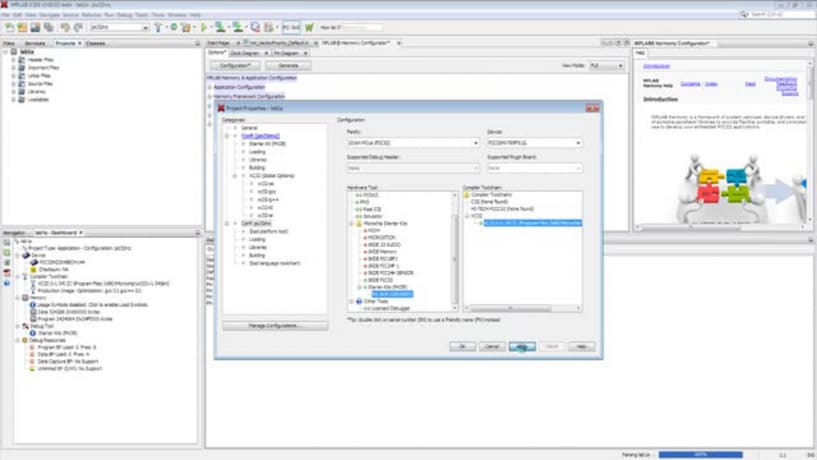
Application Migration Using MPLAB® Harmony
Application Migration using MPLAB® Harmony
Embedded developers today are challenged not only with developing an application with time and resource constraints but also with the need to have the application work across multiple display platforms each using different graphical displays, controllers and microcontrollers. This video demonstrates how MPLAB® Harmony can enable application migration in 3 easy steps. 1) Create new configurations with the same project. 2) Choose the board support package for the new graphical display and clock settings for the new microcontroller. 3) Configure the drivers and application libraries for the application. Generate, build and compile.. The Award Winning MPLAB® Harmony framework with its configurator can enable application migration across boards with different microcontrollers, displays and graphics controller options without a single line of code being written saving the developer time and resource.
Need Some Help?
We are here to support you. Contact our Client Success Team to get assistance with your design.
